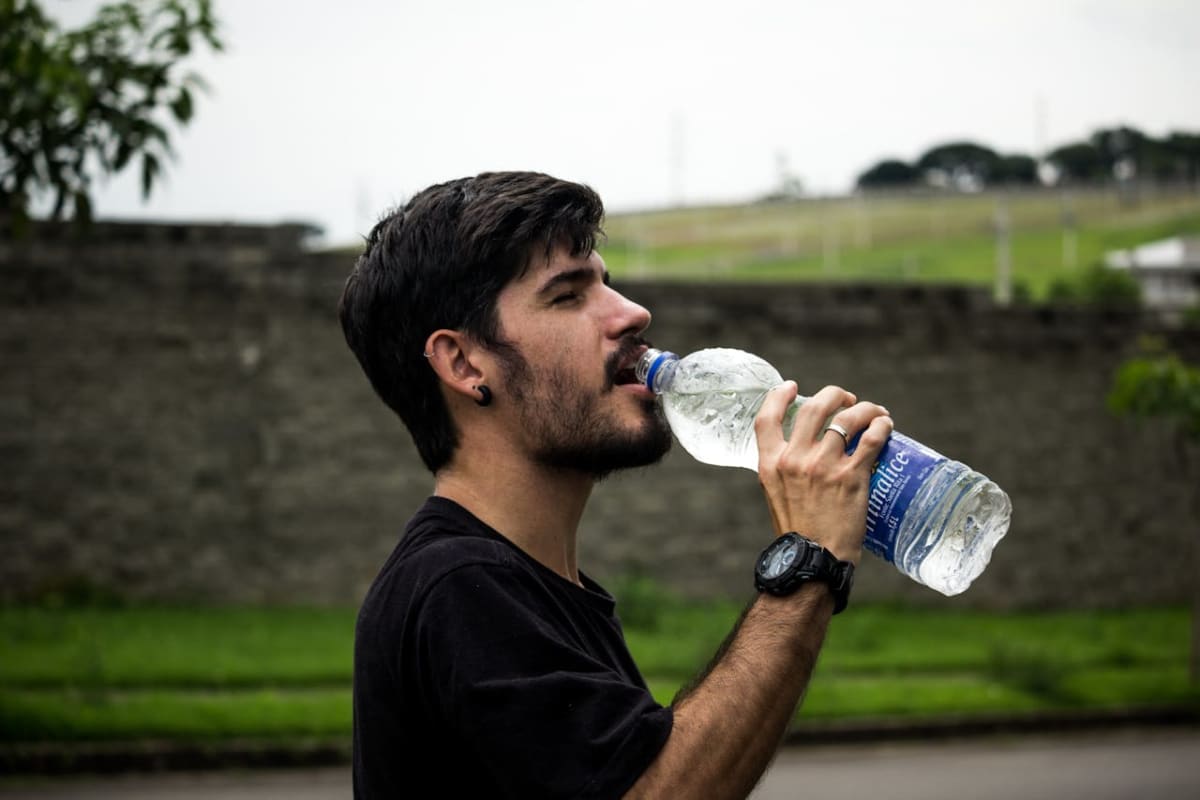Welcoming a precious newborn into the world is a joyous and transformative experience for parents. As they gaze into their baby's eyes, they may notice a subtle, yet unmistakable yellowish hue. What could this possibly mean? Fret not, as we embark on an illuminating journey to unravel the mystery behind this common phenomenon known as neonatal jaundice.
In this comprehensive guide, we delve into the intricacies of jaundice in newborns, providing you with valuable insights and practical knowledge to navigate this condition with confidence. From understanding the causes and risk factors to exploring the treatment options, join us as we shed light on this captivating subject, ensuring your baby's health and well-being from the very first moments of life.

What is Jaundice?
Jaundice is a condition characterized by a yellowing of the skin and the whites of the eyes, which is caused by an excess of bilirubin, a yellow pigment produced during the normal breakdown of red blood cells, in the blood.
In newborns, jaundice is common due to their immature livers being unable to process bilirubin efficiently. Newborns have a higher rate of red blood cell turnover compared to older children and adults, and their immature liver may not be able to process bilirubin as efficiently.
Approximately 60% of full-term babies and 80% of preterm babies experience jaundice in the first week of life.
In most cases, jaundice is harmless and resolves on its own within one to two weeks as the baby's liver matures and becomes more efficient at processing bilirubin. However, in some cases, the level of bilirubin can rise to higher levels, causing a condition called severe jaundice.
Severe jaundice can potentially lead to complications such as brain damage, so it's important to monitor the baby's bilirubin levels and seek medical attention if the jaundice becomes severe.
So, what symptoms should parents look out for?
What Symptoms Indicate Jaundice in Newborns?
Parents should be aware of the following symptoms of jaundice in newborns:
- Yellowing of the skin, starting from the face and progressing downwards
- Yellowing of the whites of the eyes
- Dark, yellow urine
- Pale-colored stools
These symptoms occur due to the build-up of bilirubin in the blood, which then deposits in the skin and other tissues, causing the yellow discoloration.
It is important to understand the different types of jaundice and their causes to determine the appropriate course of action.
Understanding Different Types of Jaundice in Newborns
There are three main types of jaundice that can affect newborns, each with distinct characteristics and causes:
1. Physiological Jaundice
Physiological jaundice is the most common type of jaundice in newborns. It occurs due to the immature liver's inability to process bilirubin efficiently. This type of jaundice usually appears within the first few days of life and typically peaks between the second and fourth day.
Physiological jaundice is considered normal and is typically harmless and resolves on its own within 1 to 2 weeks as the baby's liver continues to mature and becomes more efficient at processing bilirubin.
2. Breast Milk Jaundice
Breast milk jaundice occurs in breastfed babies and is thought to be caused by certain substances in breast milk that inhibit the liver's ability to process bilirubin. This type of jaundice typically appears after the first week of life and can last up to three months.
It is important to note that breast milk jaundice is different from breastfeeding jaundice, which occurs when a baby does not receive enough breast milk to help eliminate bilirubin from their system.
Breast milk jaundice is usually not harmful, and breastfeeding should be continued. However, if bilirubin levels become too high, a healthcare provider may recommend temporary supplementation with formula or donor breast milk.
3. Pathological Jaundice
Pathological jaundice is caused by underlying medical conditions, such as blood group incompatibility, infections, or liver problems. This type of jaundice can appear within the first 24 hours of life and requires prompt medical attention. Unlike physiological and breast milk jaundice, pathological jaundice can be harmful and may lead to complications if left untreated.
Treatment for pathological jaundice depends on the underlying cause and may include phototherapy, exchange transfusion, or medication.
Now that we have a better understanding of the different types of jaundice, how is it diagnosed in newborns?
How is Jaundice Diagnosed in Newborns?
Paediatricians diagnose jaundice in newborns through a combination of physical exams and blood tests. It's important to bring your newborn for a regular check-up if you spot any signs of jaundice.
A physical exam involves checking for yellowing of the skin and eyes, while blood tests measure the bilirubin levels in the baby's blood.
In some cases, additional tests may be required to determine the underlying cause of the jaundice.
What are the Treatment Options for Jaundice in Newborns?
Treatment for jaundice in newborns depends on the severity and underlying cause:
-
Phototherapy: This is the most common treatment, in which the baby is placed under special blue lights that help break down bilirubin in the skin. The baby may need to be undressed and wear protective eye coverings during the treatment.
-
Exchange transfusion: In severe cases, a blood transfusion may be necessary to remove the excess bilirubin and replace it with fresh blood.
-
Treating the underlying cause: If the jaundice is caused by an underlying medical condition, appropriate treatment for that condition will be required.
But how long does jaundice typically last in newborns?
How Long Does Jaundice Last in Newborns?
The duration of jaundice in newborns varies depending on the type and severity:
- Physiological jaundice typically resolves within one to two weeks.
- Breast milk jaundice can last up to three months.
- Pathological jaundice requires prompt medical attention and the duration depends on the underlying cause and treatment.
Is there anything parents can do to prevent jaundice in their newborns?
How Can Jaundice in Newborns be Prevented?
While it is not always possible to prevent jaundice in newborns, there are some steps parents can take to reduce the risk:
Ensure adequate feeding, as this helps the baby pass bilirubin through their stools.
Monitor bilirubin levels, especially in high-risk babies, such as those born prematurely or with a family history of jaundice.
Follow the healthcare provider's advice on breastfeeding and supplementation, if necessary.
Conclusion
Jaundice is a common condition in newborns, and while it is usually harmless, it is important for parents to be aware of the signs and seek medical attention if their baby shows symptoms. By understanding the different types of jaundice, their causes, and available treatments, parents can better advocate for their baby's health and well-being. Remember to consult with a healthcare professional if you have concerns about your newborn's health.



